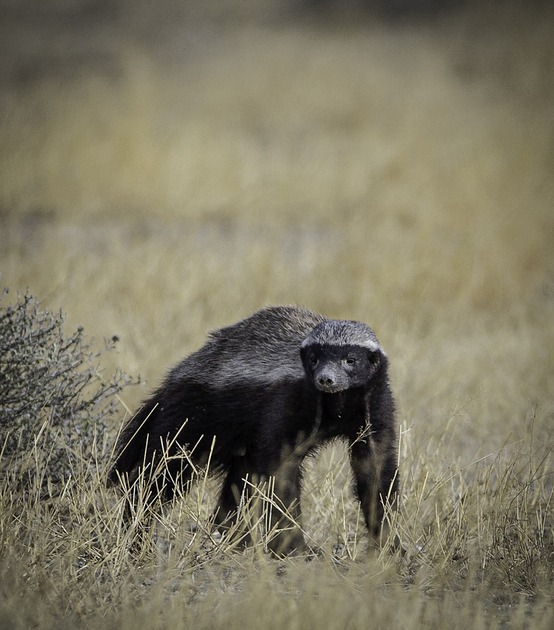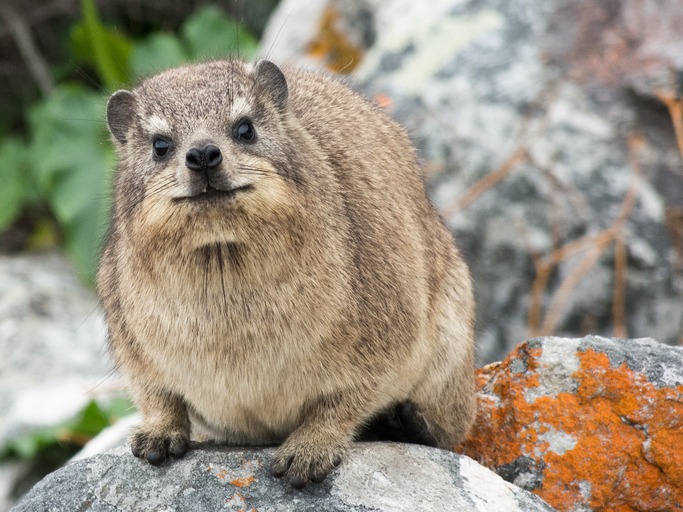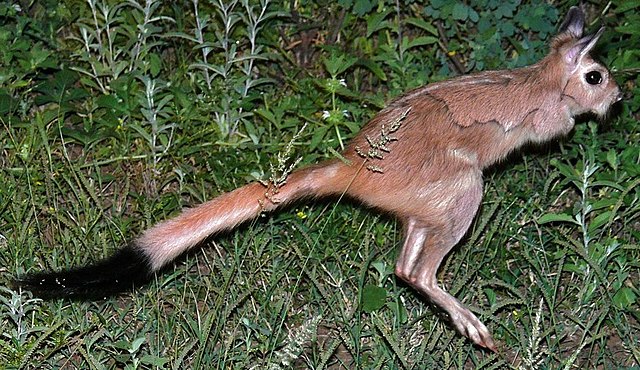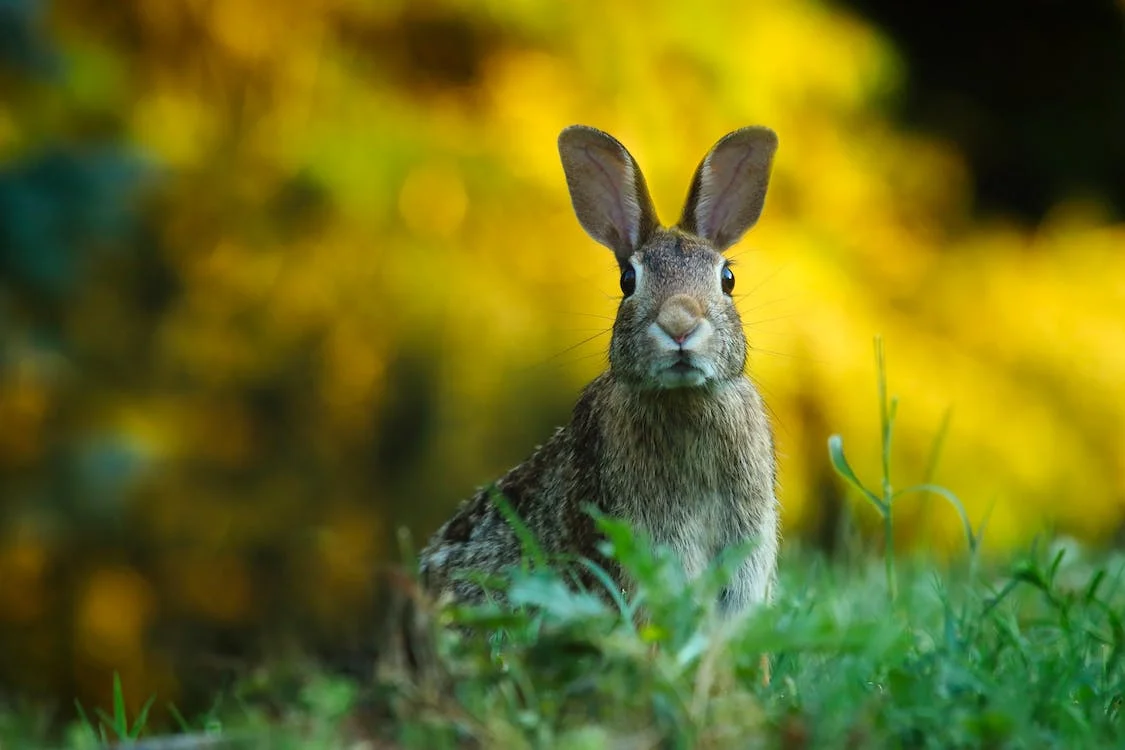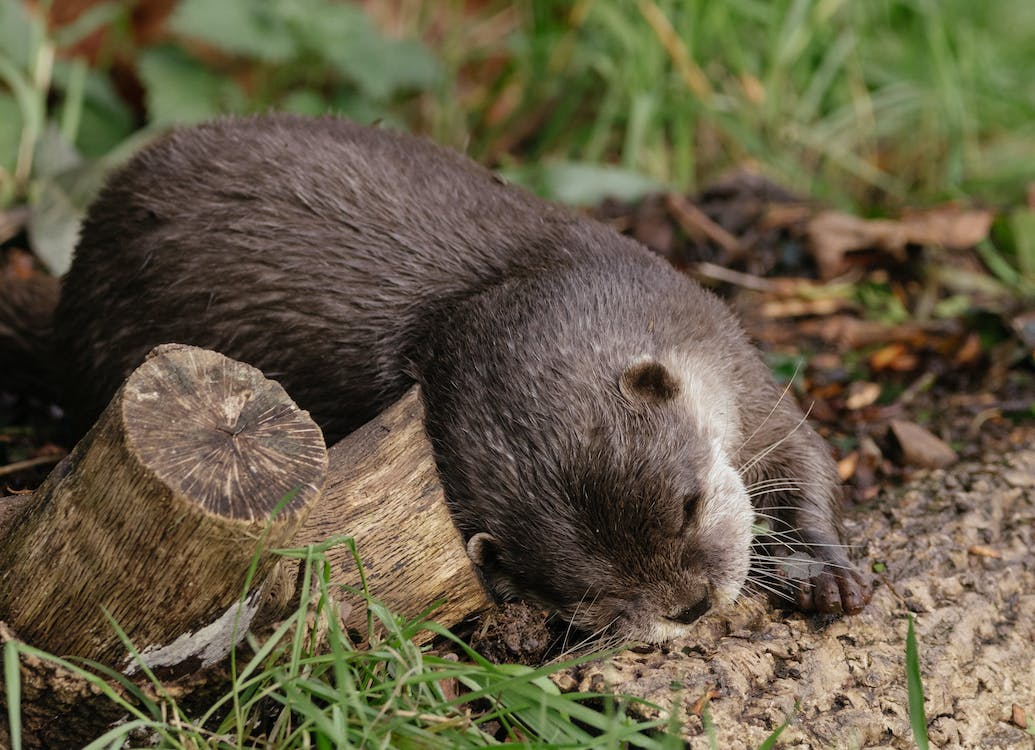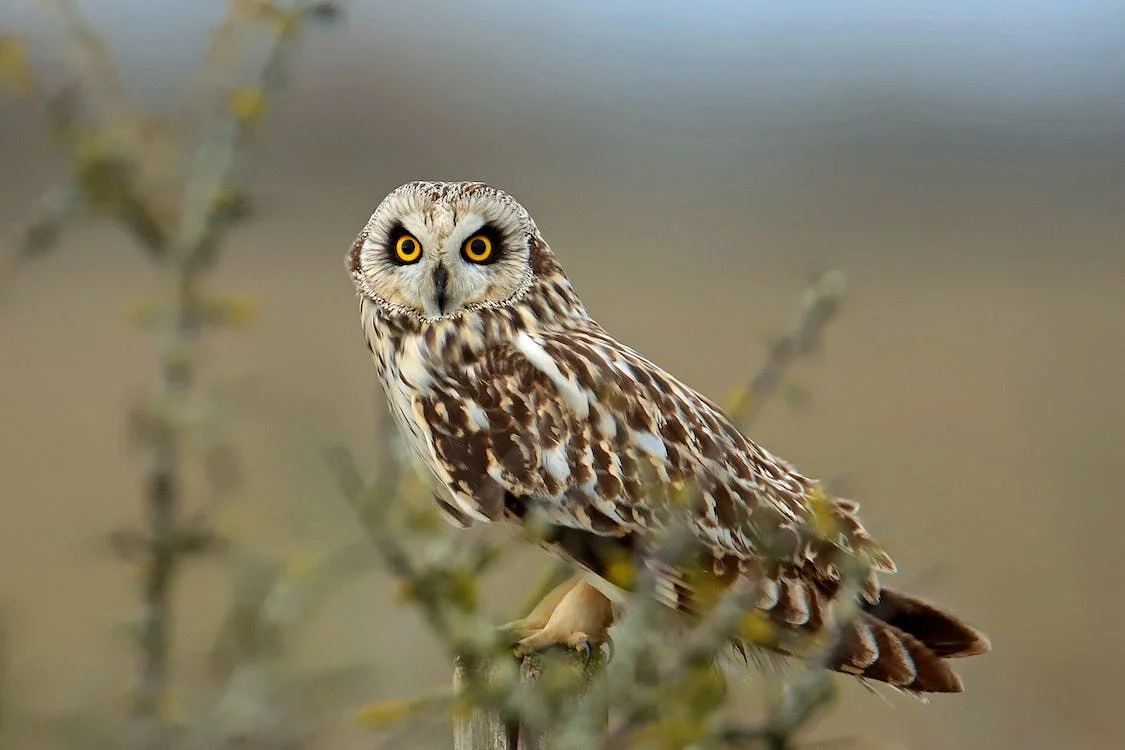Things to Know About the Honey Badger
The Honey Badger, also known as the Ratel, is a mammal commonly found in Africa, the Indian subcontinent, and Southwest Asia. It is the only species categorized in the genus Mellivora and the mustelid subfamily Mellivorinae. This species was named as such for its propensity of raiding beehives and feeding on honey … Read more

